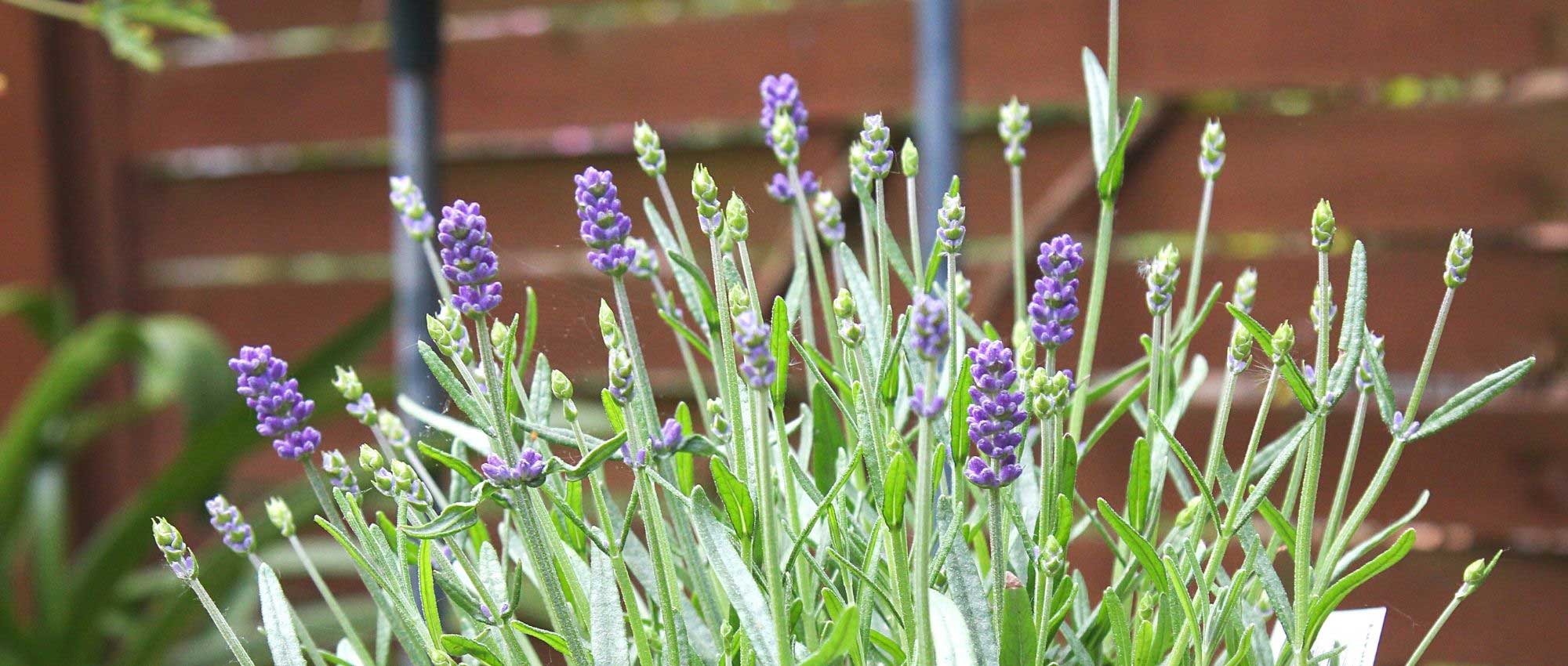
Growing lavender in a pot
Which variety to choose and how to go about it?
Contents
Lavender is a Mediterranean plant that delights us with its very fragrant summer flowering! It conjures up sunshine, Provence and southern gardens… It is naturally suited to well-drained, stony soils and tolerates drought very well. Growing lavender in a pot allows you to place it on your terrace or balcony: you will enjoy it much more easily than if you plant it at the back of your garden! Moreover, if your soil is heavy and tends to retain water, growing it in a pot is a good way to use a free-draining substrate, which will suit it much better. Lavender is also quite hardy, down to –15 °C to –20 °C… except for Lavandula stoechas, which is more tender and needs to be overwintered in the coolest regions.
Discover all our tips for choosing the right variety and successfully growing lavender in a pot!
→ Find the best lavender varieties for pots in our article.
Varieties best suited to growing in pots
For container growing, we recommend choosing varieties with a dense, compact habit. They will be perfect on your terrace or balcony!
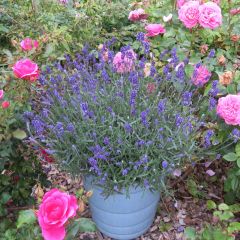
Lavandula angustifolia Bleu de Gien - True Lavender
- Flowering time July to September
- Height at maturity 40 cm

Lavandula angustifolia Dwarf Blue - True Lavender
- Flowering time July, August
- Height at maturity 40 cm

Lavandula intermedia Walburtons Silver Edge - Lavandin
- Flowering time August, September
- Height at maturity 60 cm
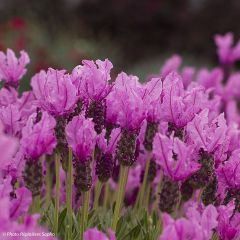
Lavandula stoechas The Princess - French Lavender
- Flowering time May to August
- Height at maturity 45 cm
Read also
Lavender: which one to choose?When and how to plant lavender in a pot?
When to plant lavender?
Plant lavender in spring, around April, or in autumn (September–October), when temperatures are mild enough. In any case, avoid frosty periods. For stoechas lavender, which is quite tender, we recommend planting in spring.
Which pot and substrate to use?
Choose a fairly large pot, at least 30–40 cm in diameter. It must have drainage holes to allow water to drain (avoid self-watering pots!). We recommend a terracotta pot, as these are more breathable and aerated. In case of excess moisture, roots are less likely to suffocate than in a plastic pot. In addition, terracotta pots are more attractive and will help create a Mediterranean feel!
Lavender hates heavy, wet soils! It needs a very free-draining, even stony, and fairly poor substrate. To grow it, choose either potting compost for Mediterranean plants, or use garden soil mixed with coarse sand and small gravel to improve drainage. Likewise, lavender appreciates calcareous substrates, except for butterfly lavender, Lavandula stoechas, which prefers acidic substrates: for this one, you can add a little heather soil to the planting substrate to acidify it.
How to plant lavender in a pot?
- Place a drainage layer at the bottom of the pot, for example expanded clay balls or gravel.
- Then add the substrate, which must be well draining.
- Remove lavender from its original pot, then place it in its new pot, centred.
- Fill in by replacing some substrate around the rootball, and firm slightly to remove air pockets.
- Water generously.
Where to position it?
Lavender is a Mediterranean plant that likes sun and heat! Place the pot in a sunny spot, sheltered from cold winds, for example against a south-facing wall. Lavender needs at least 6 hours of sun a day. Also, heat intensifies the scent of its flowers and ensures more generous flowering!
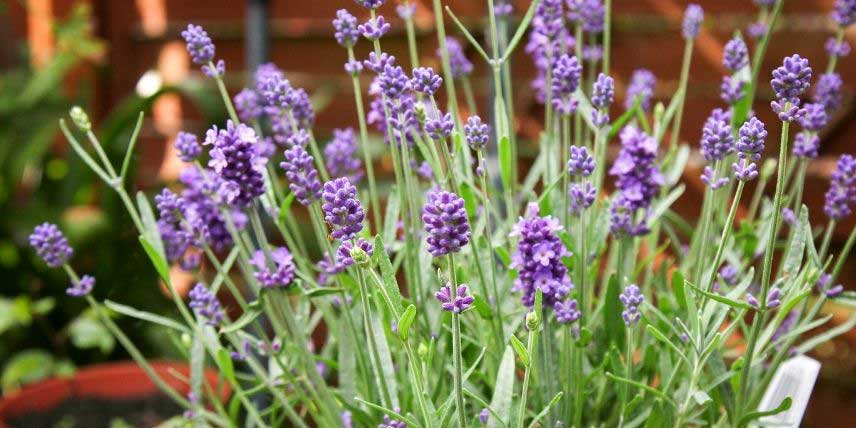
True lavender, Lavandula angustifolia (photo Maja Dumat)
Discover other Lavendula - Lavender
View all →Available in 2 sizes
Available in 6 sizes
Available in 4 sizes
Available in 2 sizes
Available in 2 sizes
Available in 0 sizes
Available in 0 sizes
Available in 3 sizes
Available in 3 sizes
Available in 3 sizes
Care for a potted lavender
Although lavender is fairly drought-tolerant, when in a pot substrate dries out quickly, and regular waterings will help it thrive and grow at its best. Wait each time until substrate is dry before watering again. When watering, avoid leaving water standing in saucer. You can also slightly raise pot using stones or small shims to allow water to drain properly. Limit waterings in winter, from November to February–March, but continue nevertheless to water from time to time so substrate does not dry out completely. If cultivating butterfly lavender (Lavandula stoechas), preferably water with rainwater, as tap water may be too calcareous for it. Likewise, we advise bringing it under frost-free shelter for winter, as it is not very hardy.
As lavender naturally grows in soils poor in minerals, it does not need fertiliser. Simply top-dress each year, replacing substrate in top few centimetres.
Lavender also needs regular pruning, otherwise it will tend to thin out at base. Pruning will encourage production of new vigorous shoots while promoting generous flowering. Pruning is carried out each year after flowering in late summer, or possibly in late winter–early spring. Use a well-sharpened shear, and prune on year’s shoots, still green. Pruning will help keep lavender dense and compact. Try to prune so as to preserve a rounded, ball-like shape. In any case, avoid severe pruning at all costs, and do not cut into old wood! Lavender does not produce new shoots from old wood.
We recommend repotting lavender every two to three years. Choose a pot only slightly larger than previous. In years when not repotting, perform a top-dressing.
Finally, if you want to propagate it, you can take cuttings. Discover our illustrated tutorial !
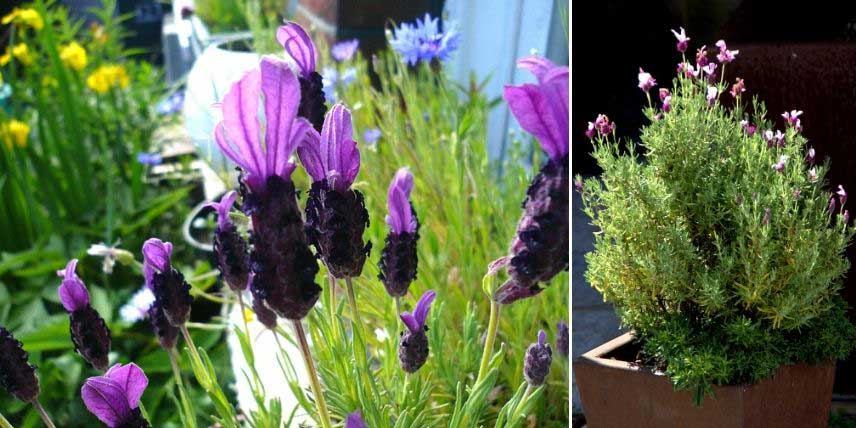
Butterfly lavender, Lavandula stoechas (photos Lyndon Gardening / Manuel M. V.)
To learn more
- Discover our ideas for combining lavender in the garden
- Subscribe!
- Contents
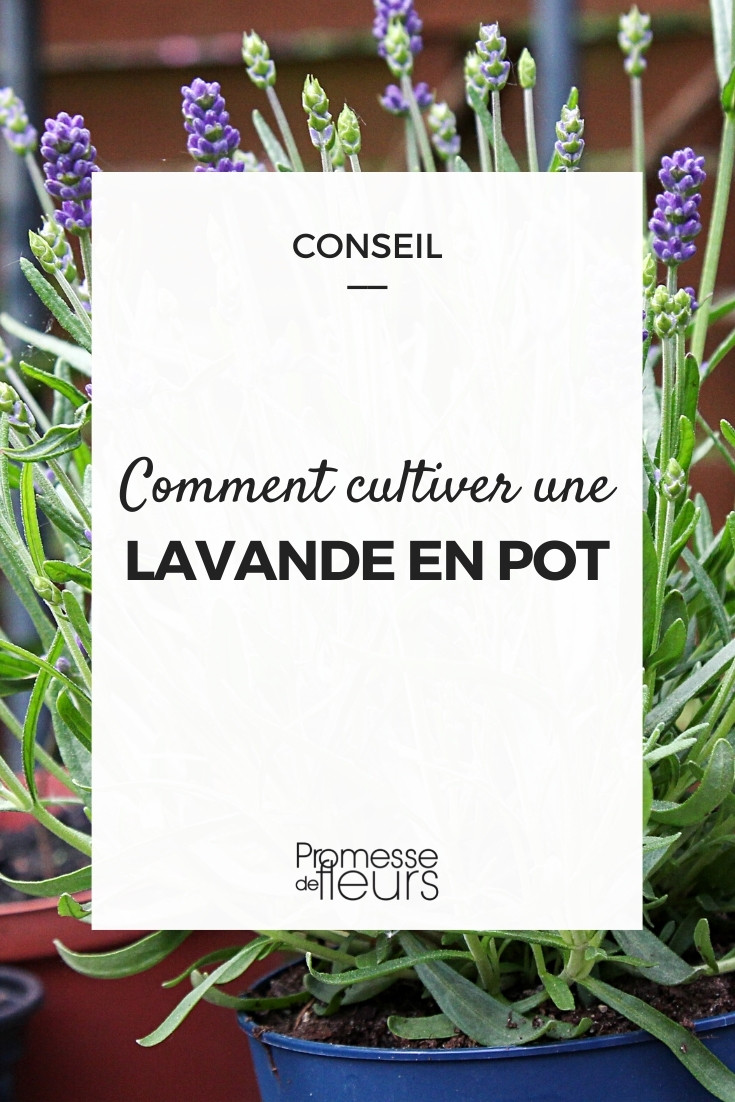































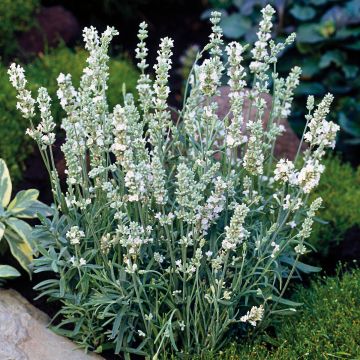
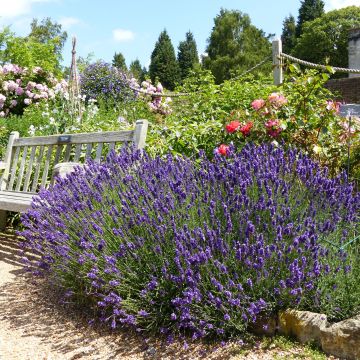
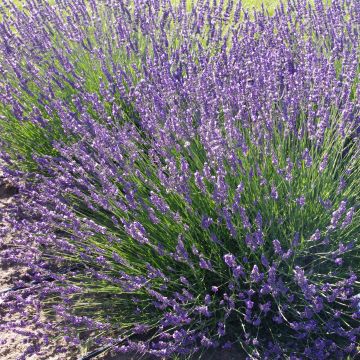
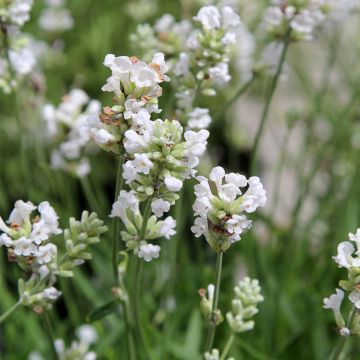
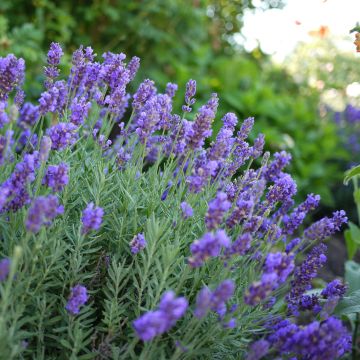
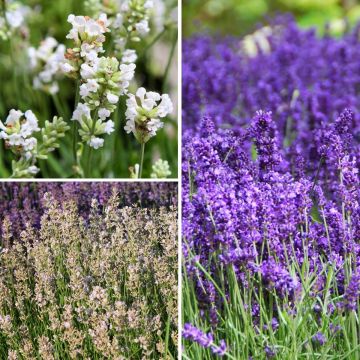
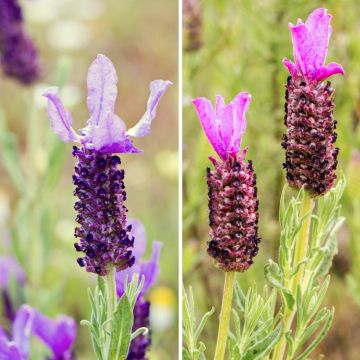
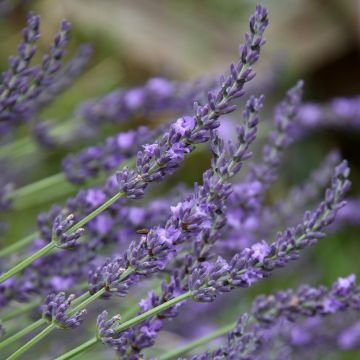

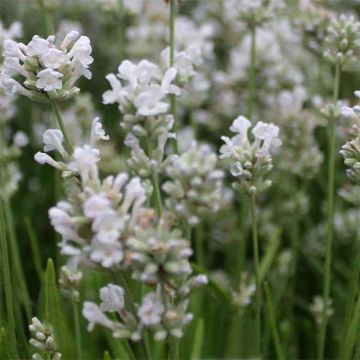
Comments